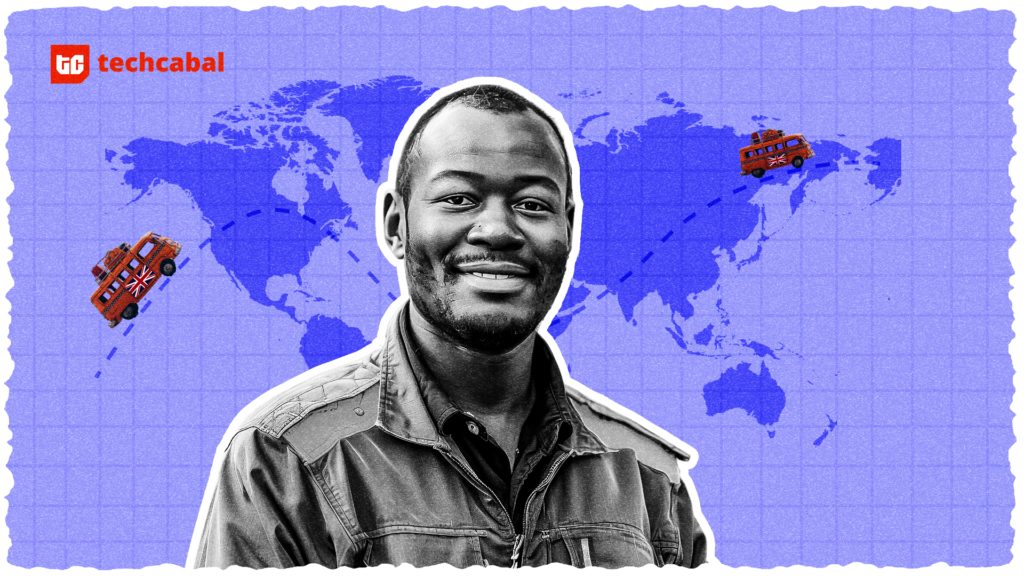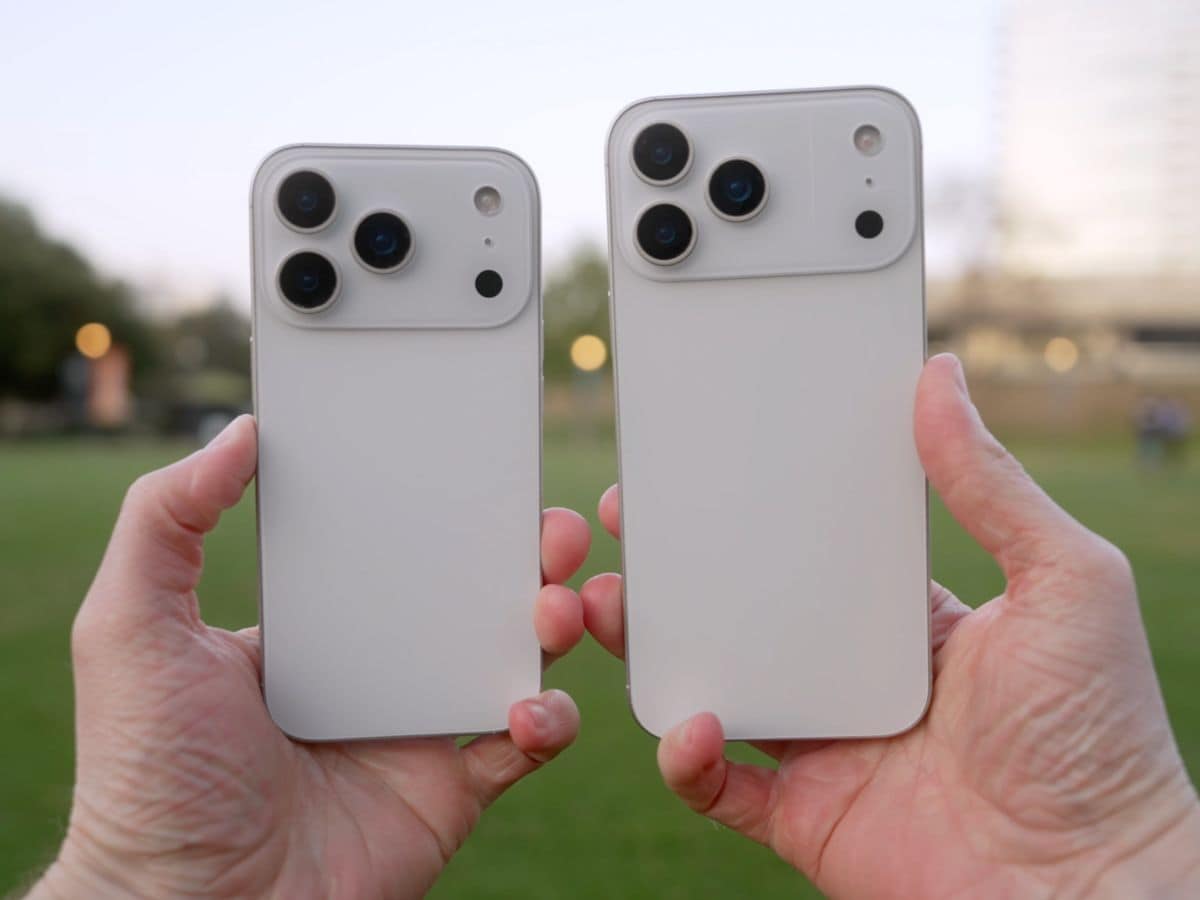When cities like San Francisco decided to prohibit the use of facial recognition by the police, many celebrated it as a victory for privacy. However, a new tool begins to make its way as an alternative. It does not scan faces, but allows people with remarkable precision to follow.
Identify without analyzing the face. The tool is called Track and has been developed by Veritone, a company specialized in artificial intelligence solutions applied to video analysis. Unlike classic systems, Track tracks individuals based on attributes such as physical complexion, hair color and style, clothing, accessories or the type of footwear. The algorithm also distinguishes the skin tone, although, according to the company, it does not allow to search explicitly by that criterion. With all this information, the system generates chronologies that allow following a person along different scenarios and video sources.
It is not a development concept or a future promise. According to data provided by VERITONE itself, more than 400 customers are already using this technology in the United States, including state and local police forces, universities and private companies. Among them are federal prosecutors of the Department of Justice, who began using the tool in August 2024. Track is available through cloud platforms such as Amazon Web Services and Microsoft Azure, and is part of the company’s digital forensic analysis solution ecosystem.
An evolving system. Currently, Track works exclusively with recorded videos, such as those captured by body cameras, drones, public recordings on YouTube or content provided by Citizens. Veritone claims to be less than a year after enabling the analysis in live broadcasts, which would open the door to a real -time surveillance system capable of following people even when their faces are not visible.

Covering your face no longer guarantees anonymity. Until now, avoiding facial recognition systems was possible with hairstyle changes, large glasses, disruptive makeup or garments designed to confuse algorithms. But Track works differently. It does not depend on the face, but on general visual patterns. You can follow a figure through multiple videos analyzing complexion, clothes or way of moving. Of course, he needs a starting point: someone should mark the person before starting tracking. Even so, its logic doubts many of the classic strategies to avoid being identified.
And privacy? Although this technology does not use biometric data in the strict sense, such as faces or footprints, it is based on physical and aesthetic attributes that can be repeated frequently. As MIT Technology Review, ACLU, collects an American civil rights defense organization, warns that tools such as track could significantly expand surveillance capabilities. On the other hand, some digital rights specialists underline that continuous tracking through different video sources could be functionally equivalent to facial recognition.

An alternative that can avoid the current legal framework. As Track is not based on traditional biometric characteristics, many of the laws that regulate facial recognition in different parts of the world would not be applied directly. This does not mean that the surveillance is less, but that it operates from another technical angle, less regulated for now. The tool is thus positioned in a gray terrain. It offers advanced monitoring without formally invading the biometric space, but its practical effects are dangerously approaching those who have already generated concern with automated facial identification.
Images | WorldOfSoftware with XAI | Alex Knight
In WorldOfSoftware | The intentions of the United Kingdom with Apple are a nightmare for privacy. That of the British and that of the whole world
In WorldOfSoftware | Alibaba wants to be the new Deepseek: he claims to have a training method for his AI 88% cheaper











